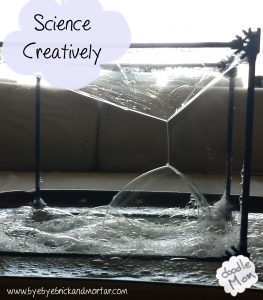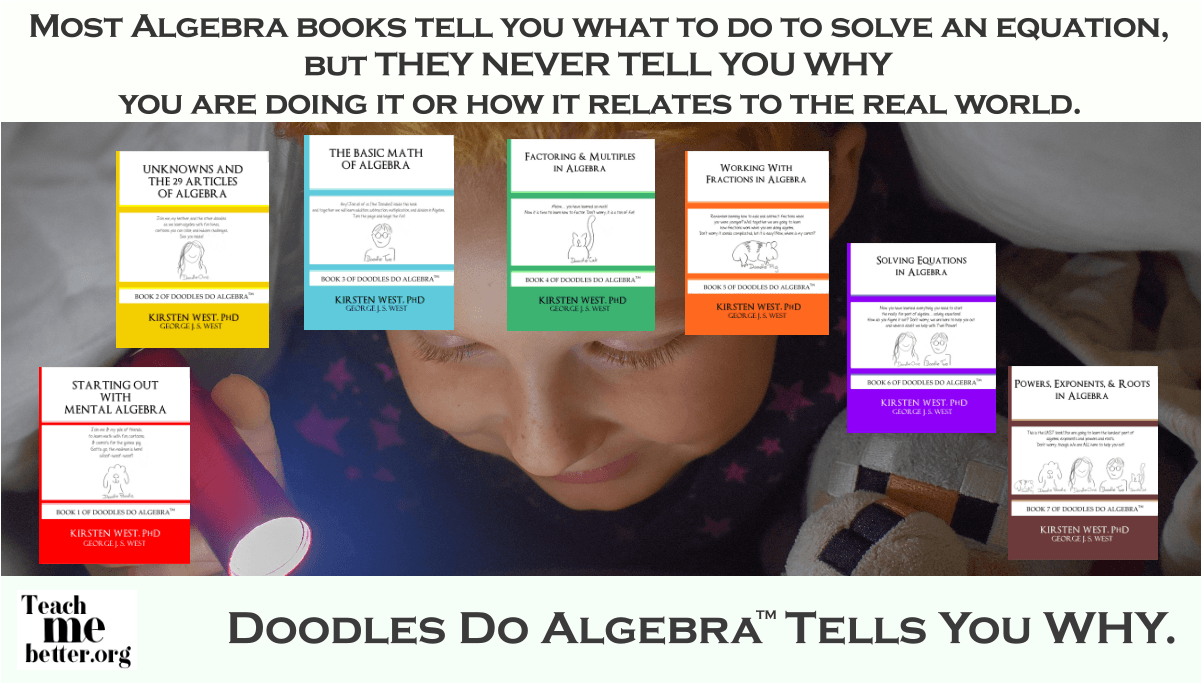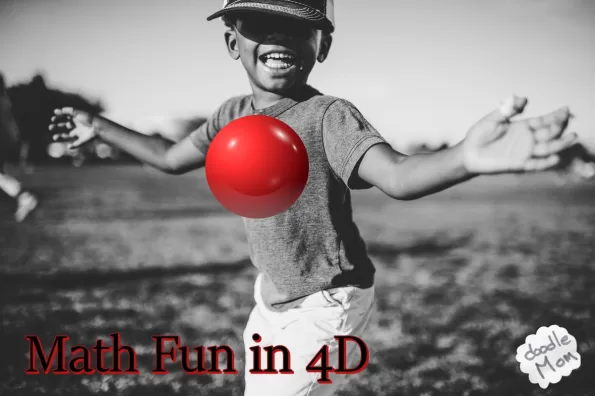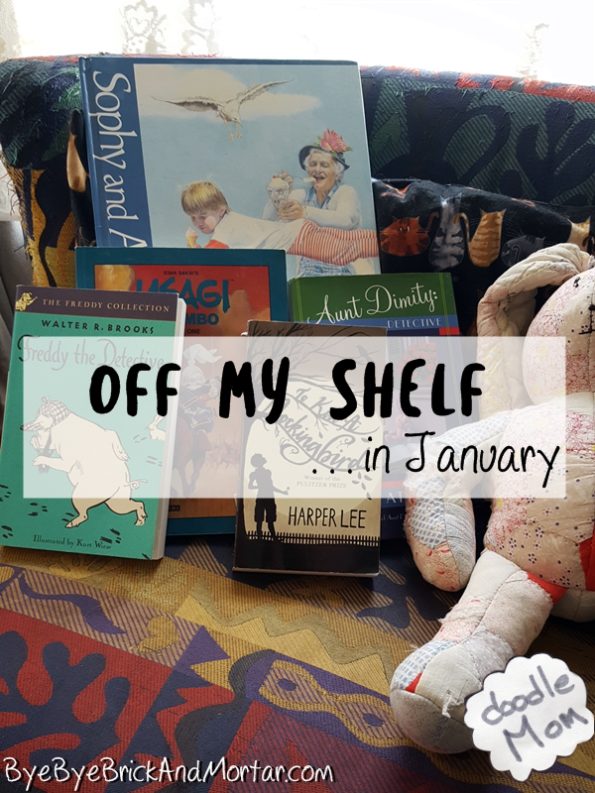 You definitely do not need to send your child to public school in order to learn science. Just be creative with what you have on hand.
You definitely do not need to send your child to public school in order to learn science. Just be creative with what you have on hand.
With the exception of gaining some familiarity with instruments and tools that you frankly don’t have the budget for in a home, all the basic principles of science are easy to teach in your homeschool with simple props and some creativity. And speaking from a position of personal experience and hours and hours spent with those expensive tools and instruments, they are not difficult to learn later in college or on the job.
Resources like “Make Homemade Science Toys At Home” are wonderful to stimulate creativity in those of us occupied most of the day with scheduling, teaching, encouraging, cajoling, cooking, cleaning, and disciplining. This particular site is chalk-full of “Mysterious, Kinetic, Noisy, Do-It-Yourself Science Projects” that are fun and demonstrate important principles and properties of science. I have found that after stimulating my creativity a bit, I can wander through my house and pull various boxes and bits from the recesses to pile up for the kids to use for some science play.
For our little homeschooling family, there is no better science day than one that starts with a dining table piled high with science activity options to choose from and meanders it’s way on a different path each time we devote a day to science.
Yesterday our child-led activities began with bubble play (learning about how surfaces try to find the lowest possible energy state, or another visual demonstration of how the shortest path between two points is a straight line) and volcanoes (those are just cool without further explanation), ending with a long session putting concepts to practice in the sandbox. It was a day of pure joy and creativity.
The best part is that your kids will always, always associate that feeling of freedom and joy with science. And all because you spent a day every once in a while doing Science Creatively.






